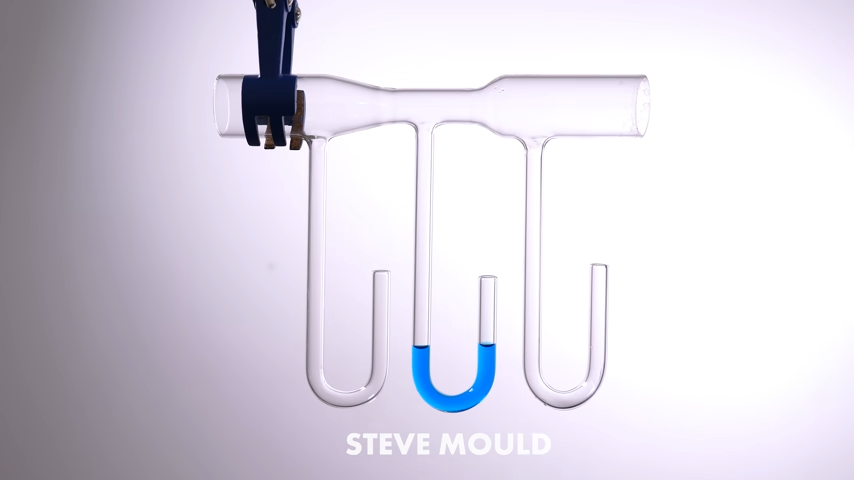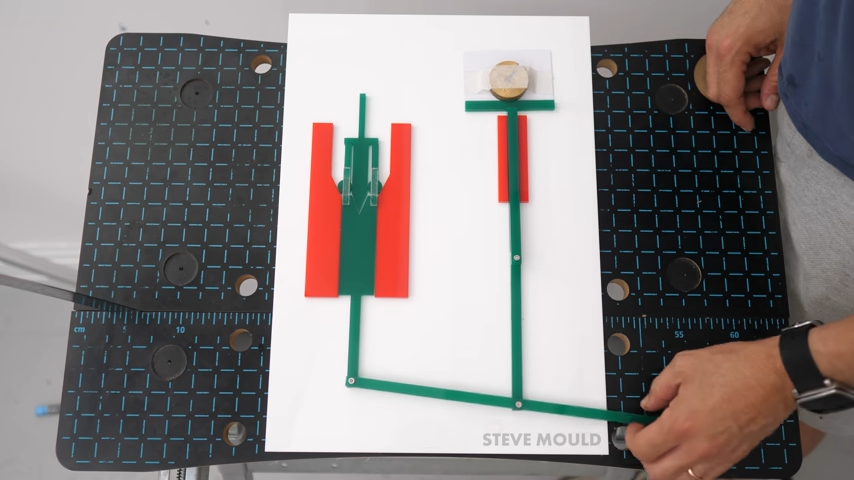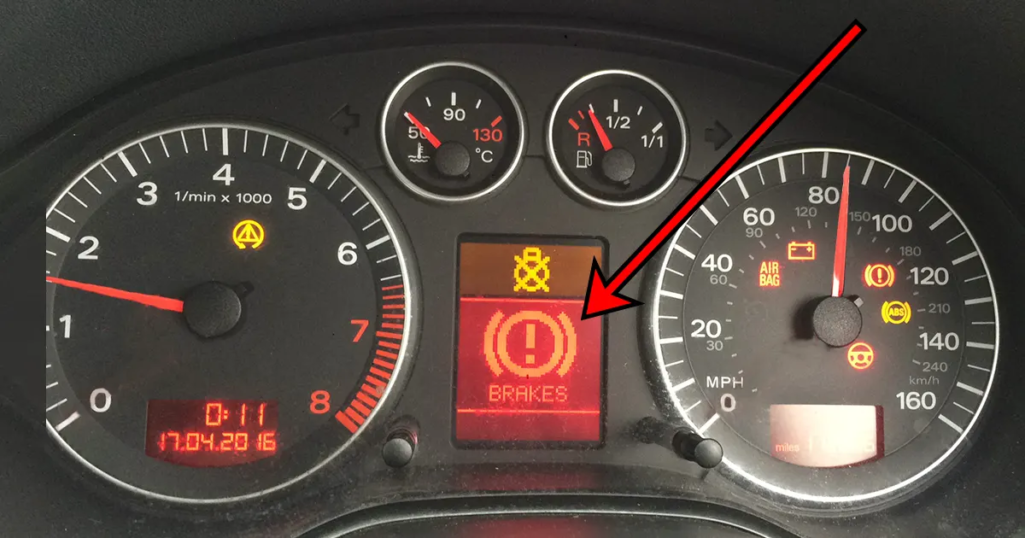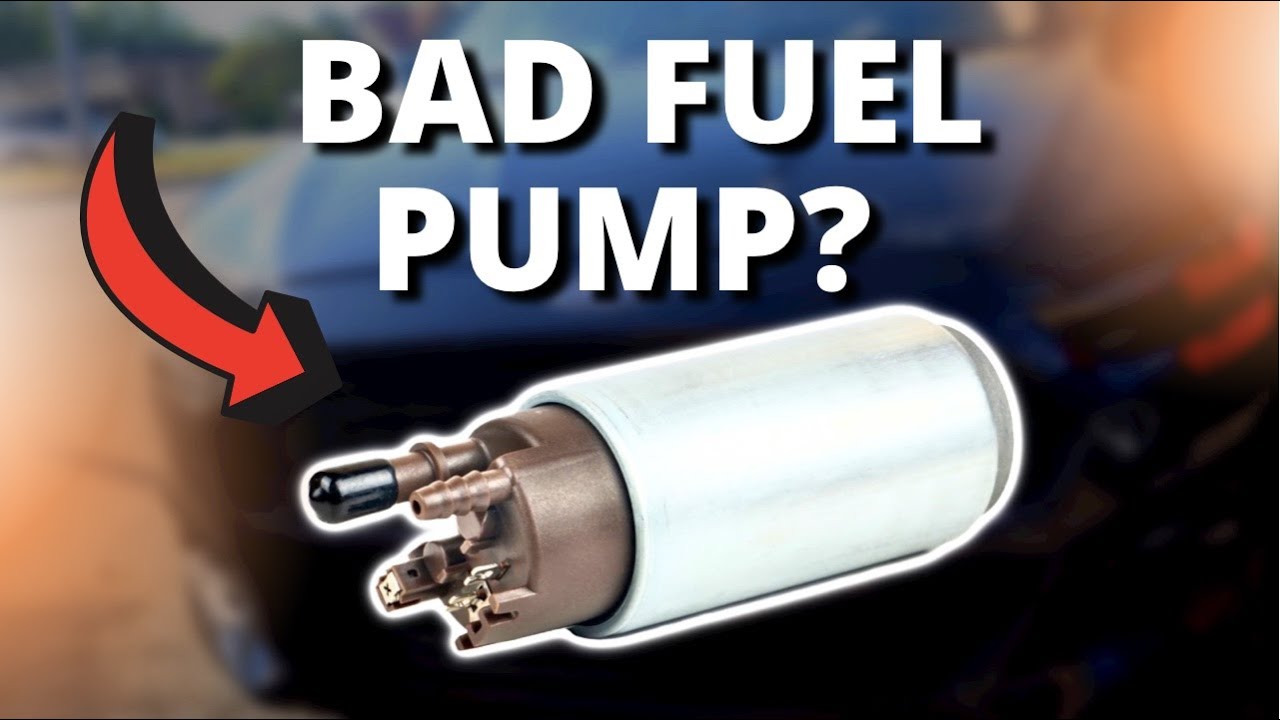
Have you ever wondered how a petrol pump nozzle magically knows when to stop filling your car? Lets delve into the inner workings of this seemingly simple device to uncover the ingenious mechanisms behind its automatic shut-off feature. Forget complex electronics – the secret lies in two clever, entirely mechanical principles: the Venturi effect and a series of levers.
Dissecting the Mystery:
Instead of dissecting a real nozzle, which wouldn’t be very safe, the video uses custom-built models to illustrate each mechanism separately. This makes it easier to visualize the intricate interplay of forces involved.
The Venturi Effect in Action:
Imagine a tube that narrows in the middle. When you blow through it, the airspeed increases in the narrow section, causing a drop in pressure there. This phenomenon, known as the Venturi effect, is crucial for the nozzle’s operation.

The Nozzle’s Got a Tube Too:
Inside the nozzle, there’s a similar tube with a constriction. As petrol flows through, the pressure drops in this narrow part, creating a suction effect. But what does this suction have to do with stopping the flow?

The Secret Weapon: A Tiny Hole:
There’s a small hole at the tip of the nozzle connected to this low-pressure zone. When your tank is empty, air gets sucked in through this hole, relieving the suction and keeping the valve open.
The Plot Thickens: Enter the Petrol:
As your tank fills, petrol reaches the hole, blocking the airflow. Petrol is denser than air, so the suction gets stronger. This increased suction acts on a membrane connected to a lever system.
The Lever Magic:
The clever lever design amplifies the suction force, ultimately pulling a valve shut. This ingenious mechanism ensures the flow stops automatically when your tank is full, preventing spills and potential fire hazards.

Beyond the Simplified Model:
While the video uses simplified models, the actual nozzle employs a more complex system of ball bearings and chambers to achieve the same result. Nevertheless, the core principles remain the same.
A Fascinating Look at Everyday Engineering:
This video is a testament to the ingenuity hidden within seemingly ordinary objects. By understanding the science behind the petrol pump nozzle, we gain a newfound appreciation for the clever design and engineering that goes into our everyday lives.
Key Takeaways:
- The petrol pump nozzle uses the Venturi effect and a lever system to automatically shut off when the tank is full.
- No complex electronics are involved – it’s all about clever mechanical design.
- Understanding these principles can help us appreciate the engineering marvels in our everyday world.




